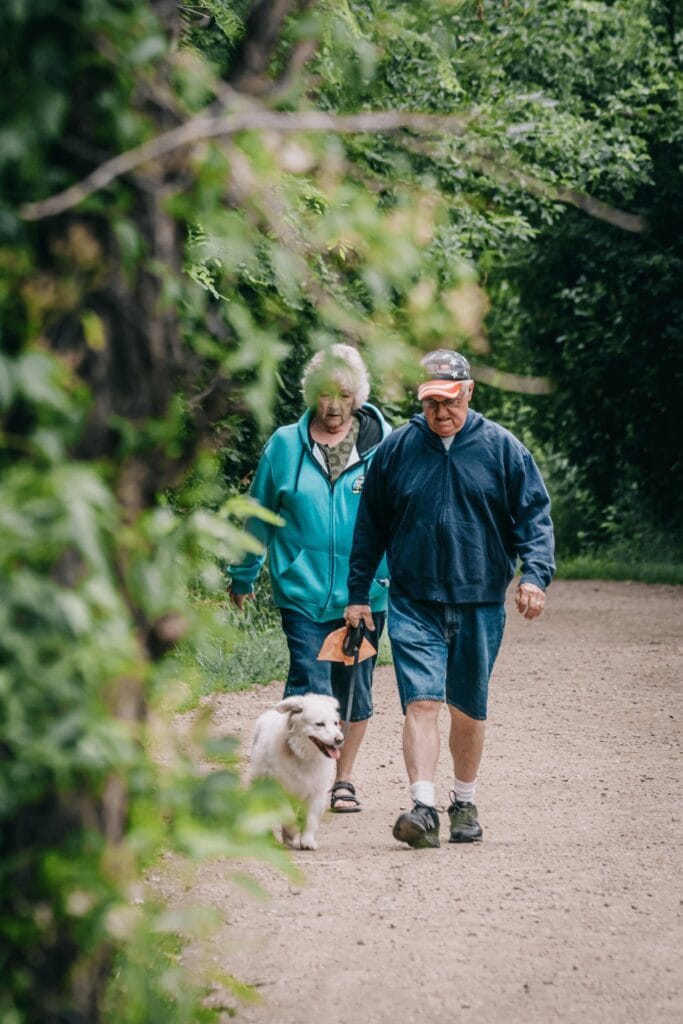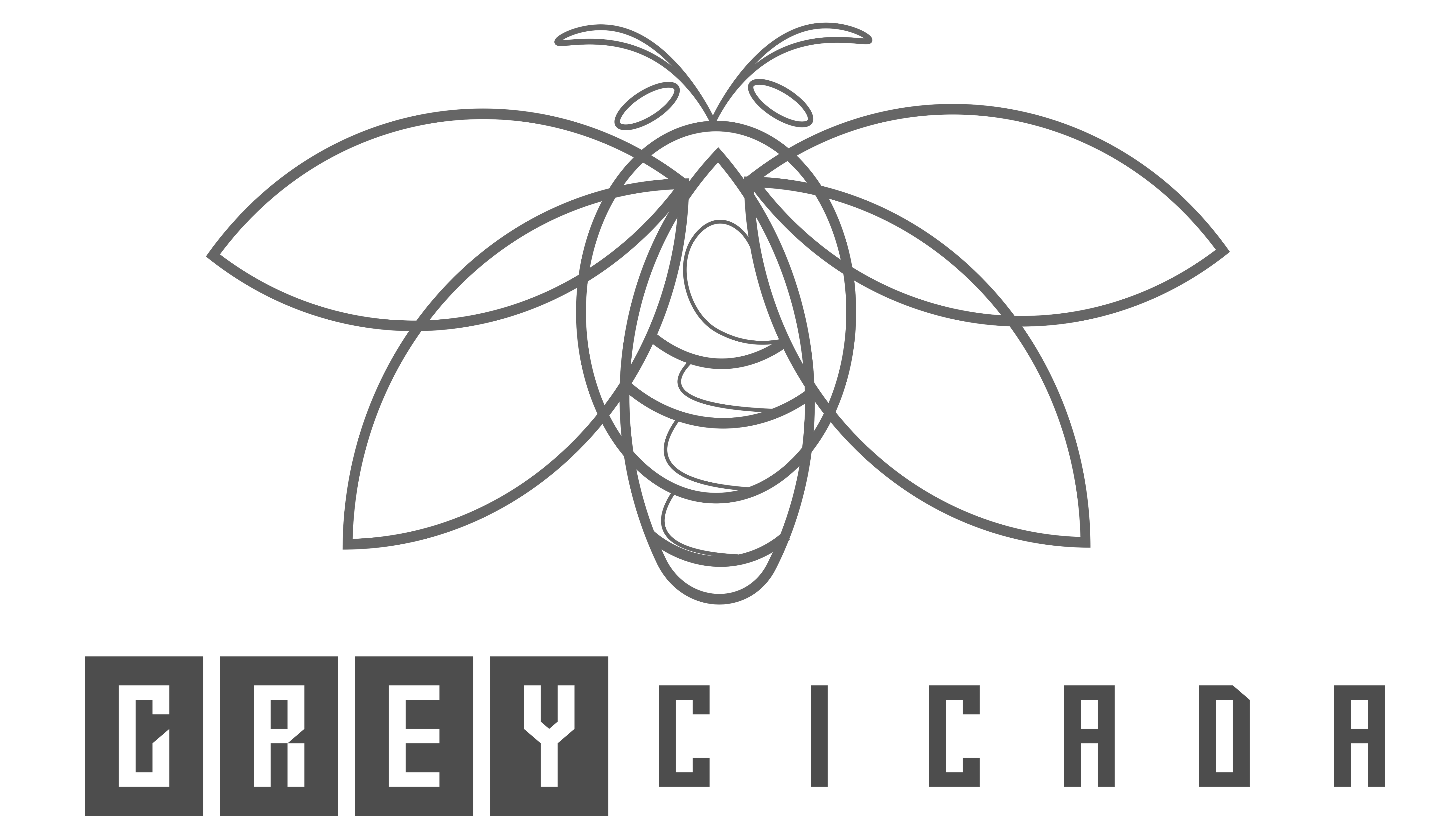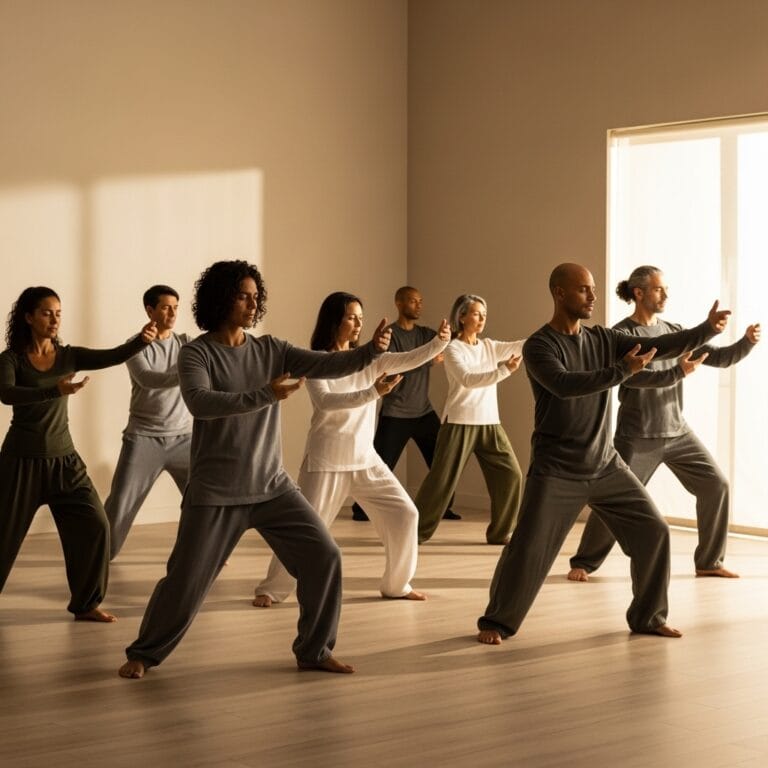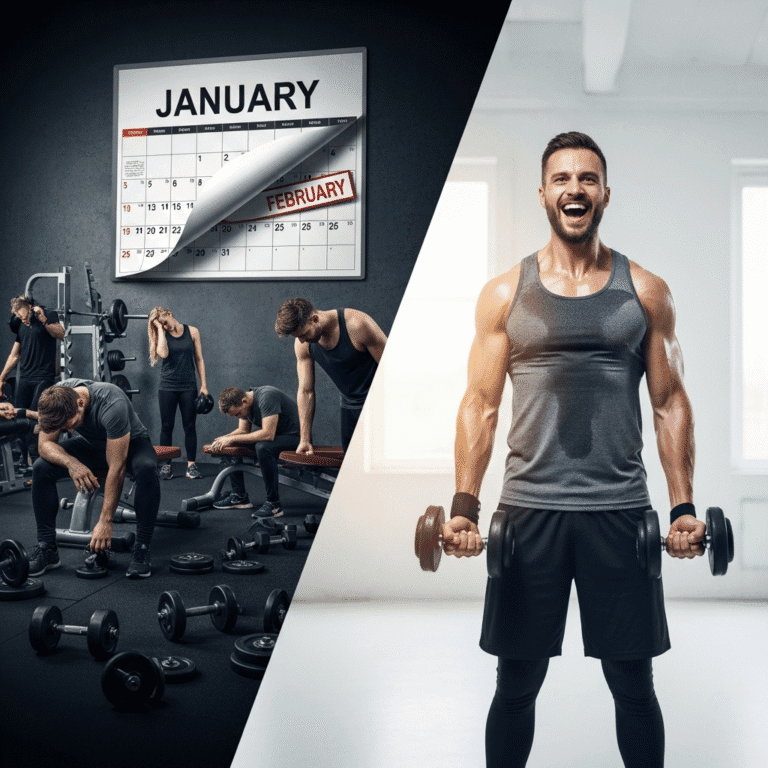FREE SHIPPING OVER $50
Forget Pills: A New Study Says This Daily Walk Secret Will Make You Feel 10+ Years Younger

Are you constantly searching for the next big thing in anti-aging? Do you browse endless articles on exotic supplements, complex diets, or expensive treatments, all promising to turn back the clock? What if we told you that the secret to feeling, and even being, biologically a decade or more younger might be hiding in plain sight, already part of your daily routine?
That’s right. Forget the complicated regimens and the pricey potions. A fascinating new study has unveiled a powerful yet incredibly simple “secret” that happens during your daily walk. It’s not about how far you go, or even necessarily how long, but something far more fundamental that directly impacts your biological age. Ready to discover how to unlock a younger you, one step at a time?
The Big Reveal: The “Secret” to Younger Years on Your Daily Walk
So, what’s this simple, game-changing secret that a new study points to for truly impactful longevity benefits? It’s not a rare herb, a fancy technique, or a specific brand of shoe. The secret to slashing your biological age during your daily stroll is your walking pace.
Specifically, the research highlights the profound difference between a leisurely stroll and a brisk or fast walking pace. The study, which observed fascinating correlations between walking habits and markers of biological age, found that individuals who maintained a steady to average or brisk walking pace had significantly longer Leucocyte Telomere Length (LTL) compared to those who walked slowly.
What is LTL and why does it matter?
Think of your chromosomes, which carry your DNA, like shoelaces. Telomeres are the tiny plastic caps at the end of these shoelaces. They protect your genetic information from damage. Every time your cells divide, these telomeres get a little shorter. When they become too short, cells can no longer divide effectively, leading to cellular aging, dysfunction, and an increased risk of age-related diseases.
Leucocyte Telomere Length (LTL) refers to the length of telomeres in your white blood cells (leucocytes), which are often used as a convenient and reliable proxy for overall biological age. Longer LTL is associated with a younger biological age, better health, and increased longevity.
The groundbreaking part of this new study? It suggested that consistently engaging in a brisk walking pace could translate to a biological age difference of 10 or even up to 16 years younger compared to habitually slow walkers. That’s a significant rewind of your internal clock, achieved through something as simple as walking a little faster!
How Brisk Walking Impacts Telomeres and Overall Health
So, how does simply picking up your walking pace influence something as fundamental as telomere length and overall biological age? The effects are multi-faceted and rooted in the powerful benefits of moderate-intensity exercise:
- Reduced Oxidative Stress: Slower walking may not generate enough intensity to fully activate your body’s antioxidant defenses. A brisk walk, however, boosts antioxidant enzymes that combat free radicals – unstable molecules that can damage cells and DNA, including telomeres. Less oxidative stress means healthier cells.
- Combating Inflammation: Chronic, low-grade inflammation is a major contributor to telomere shortening and many age-related diseases. Regular brisk walking has anti-inflammatory effects, helping to cool down systemic inflammation throughout your body.
- Improved Cardiovascular Health: A faster walking pace elevates your heart rate and improves blood circulation. This strengthens your heart, improves blood vessel elasticity, and ensures efficient delivery of oxygen and nutrients to cells, which is vital for cellular repair and telomere maintenance. Better cardiovascular health directly contributes to longevity.
- Stress Reduction: Physical activity, especially outdoor walking, is a powerful stress reliever. Chronic stress leads to elevated cortisol levels, which can negatively impact telomere length and accelerate biological aging. A brisk walk provides an outlet for stress, benefiting both your mind and your cells.
- Weight Management and Metabolic Health: Maintaining a healthy weight and good metabolic health reduces the overall burden on your body’s systems. Brisk walking is an effective way to manage weight and improve insulin sensitivity, further contributing to a younger biological age.
Finding Your Brisk Pace: It’s Easier Than You Think
A brisk walking pace is generally defined as an intensity where:
- You can talk, but you can’t comfortably sing. You should feel like you’re putting in noticeable effort, breathing a bit harder, but not gasping for air.
- Your heart rate is elevated. You should feel your heart beating faster than at rest.
- You’re breaking a light sweat (depending on temperature and humidity).
Practical Tips to Pick Up Your Pace:
- Swing Your Arms: Actively pumping your arms (bent at 90 degrees) helps propel you forward and boosts your overall speed and calorie burn.
- Engage Your Core: Pull your belly button towards your spine lightly. A strong core helps maintain good posture and efficient movement.
- Take Shorter, Quicker Steps: Instead of long strides, focus on taking more frequent, faster steps.
- Use a Fitness Tracker (Optional but Helpful): Many smartwatches or phone apps can track your pace (miles per hour or minutes per mile) and heart rate, giving you objective feedback. Aim for around 3-4 miles per hour (4.8-6.4 km/h) or faster, depending on your fitness level.
- Incorporate Interval Walking: Alternate periods of very brisk walking (where it’s hard to talk) with periods of moderate walking. This can make the session feel less daunting and offers additional cardiovascular benefits. For example, walk briskly for 2 minutes, then moderately for 3 minutes, and repeat.
- Find the Right Footwear: Comfortable, supportive walking shoes are essential to avoid discomfort and injury, allowing you to maintain your pace.
- Walk with a Purpose: Don’t just amble. Think about where you’re going and move with intention.
Remember, your “brisk pace” is personal. What’s easy for one person might be challenging for another. The goal is to feel like you’re putting in a solid effort, elevating your heart rate, and pushing yourself a little beyond your usual comfortable stroll.
Why This Simple Secret Outshines “Pills”
- Natural and Side-Effect Free: You’re harnessing your body’s innate ability to heal and rejuvenate itself. There are no chemicals, no adverse reactions, just pure, beneficial movement.
- Holistic Benefits: Unlike a pill that might target one specific pathway, a brisk walk simultaneously improves cardiovascular health, mental well-being, weight management, bone density, and, as we’ve learned, cellular health through telomere maintenance. It’s a comprehensive health solution.
- Empowering and Accessible: This secret doesn’t require a prescription, a special doctor, or a large bank account. It empowers you to take control of your aging process with every step you take.
Conclusion
The evidence is clear: your daily walk holds a profound secret to influencing your biological age. By simply picking up your walking pace and committing to that brisk effort, you are actively contributing to the health of your telomeres, reducing cellular aging, and potentially feeling and being a decade or more younger.
So, the next time you head out for a walk, remember this powerful insight from the new study. Lace up your shoes, swing your arms, and embrace the power of a brisk walk. It’s the simplest, most accessible, and incredibly effective path to a longer, healthier, and more vibrant you.
Related Articles
- Women Over 50: Finally Shrink That Stubborn Lower Belly Fat (Expert Strategies Revealed!)
- Unlock Your Best Workout: Cardio Before or After Weights? The Surprising Truth from New Research
- Want to Lose Weight? Dietitians Say This Is The #1 Nut You Need
- Ignite Your Metabolism: Dietitians Reveal The #1 Breakfast for Fat-Burning All Day
- Wake Up Slimmer: 4 Morning Habits After 50 That Attack Belly Fat, No Workouts



